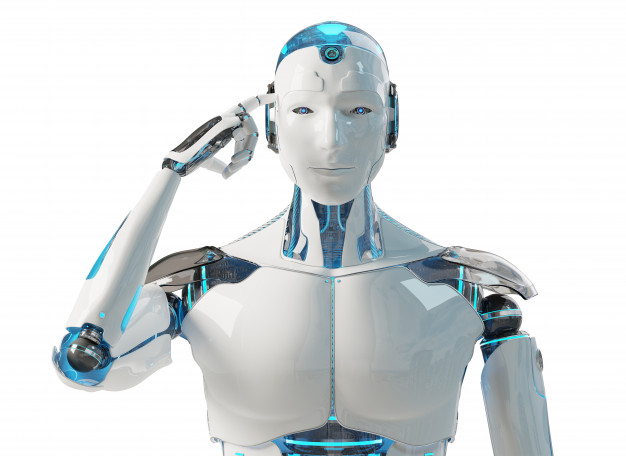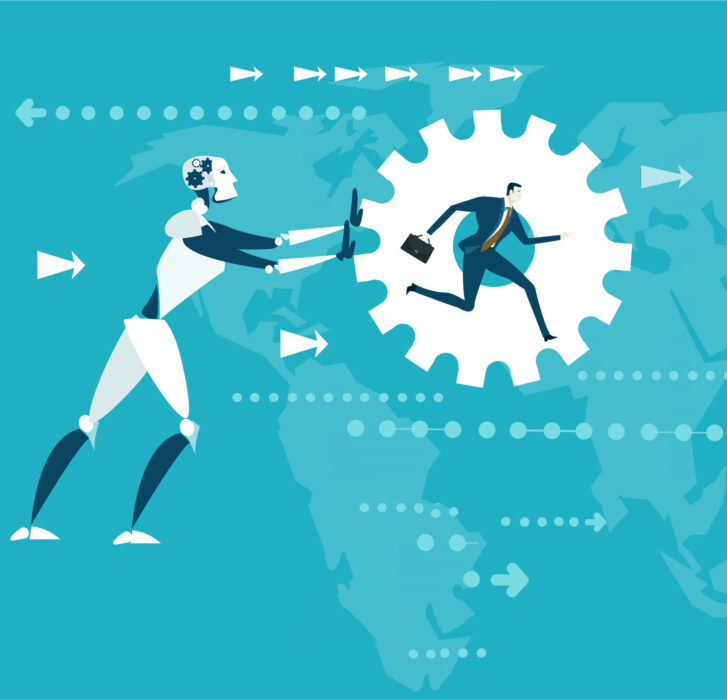Published By: Shrippad Mhaddalkar
Date: April 09, 2020
RPA [Robotic Process Automation] is often deployed to mimic human actions and deliver the results as expected in the current state as a baby step to Digital Process Automation.
Repetitive and recurring steps are replaced by one of the RPA function being deployed via the RPA Software Platforms.
Whilst mimicking is often dealt within RPA Phase 1 Implementation, I have frequently observed that companies want to overhaul the process whilst the Target Operating Model [TO BE PROCESS] is being created post ‘AS IS’ is signed off. It is a good practice to be lean but if FMEA [Failure Mode Effect Analysis] is not captured accurately, it will lead to process being looped into multiple developments.
Phase 1 needs to be managed with critical care as the entire business life cycle and the stakeholders are more than eager and excited to await the results of FIRST BOT deployment.

Phase 1 needs to be managed with critical care as the entire business life cycle and the stakeholders are more than eager and excited to await the results of FIRST BOT deployment…
If the excitement dies, it becomes difficult to manage further experience.

“Whilst Phase One is live with the BOT in production, the real play starts now”.
Caution: Time to act fast, in case you have not built monitoring and post BOT Development support team.
Application changes, Process creep and Infra issues would make the digital workforce become unavailable with a downtime. Now another problem kicks in if you have already got rid of the human workforce for the process which has been automated already.
As an Action Plan :

If the above is in place that is: Phase 1 with BOT being live, business experience, stakeholders trust in technology deployment and user experience will be ticked as Passed in the checklist before moving to Phase 2.


Leave a Comments
You must be logged in to post a comment.